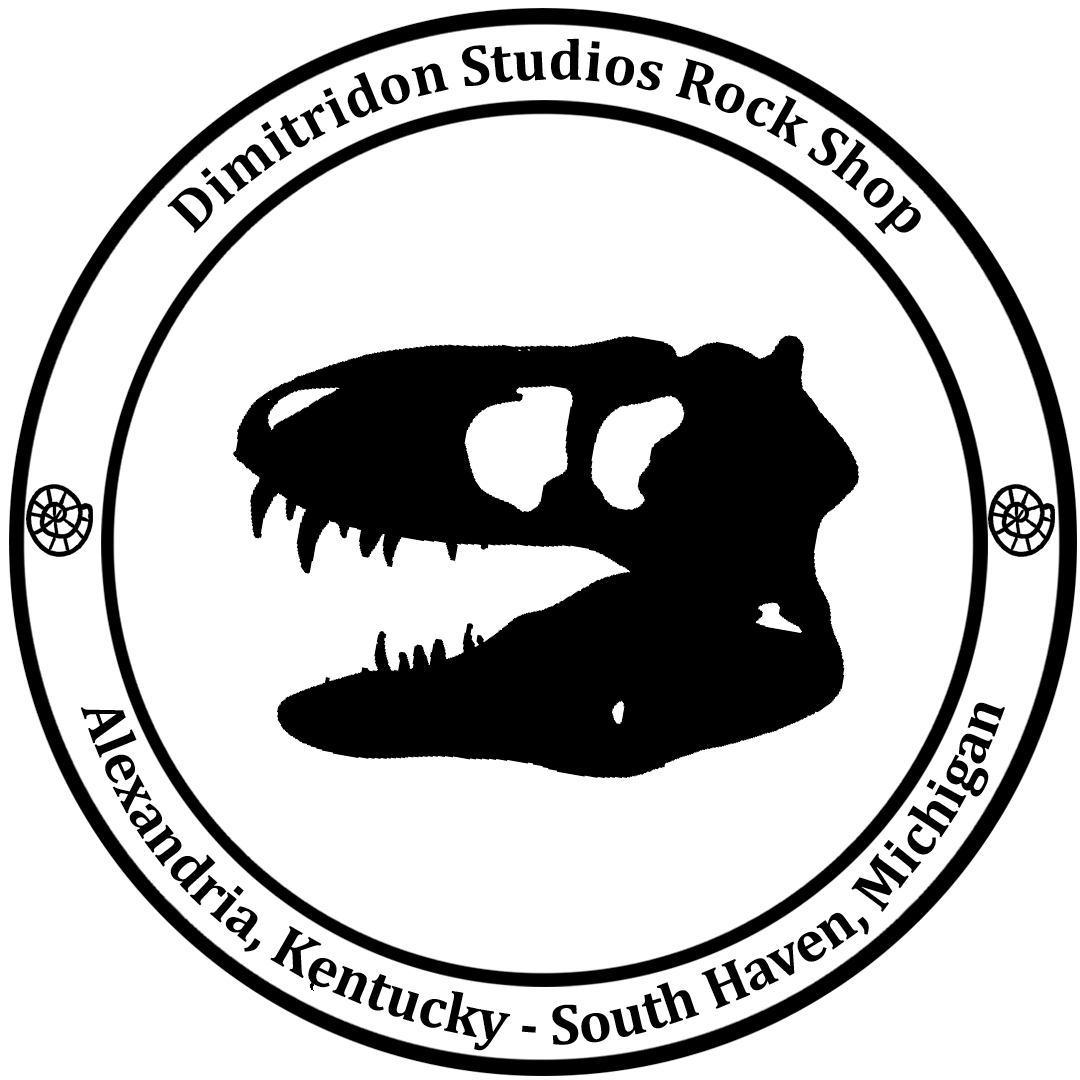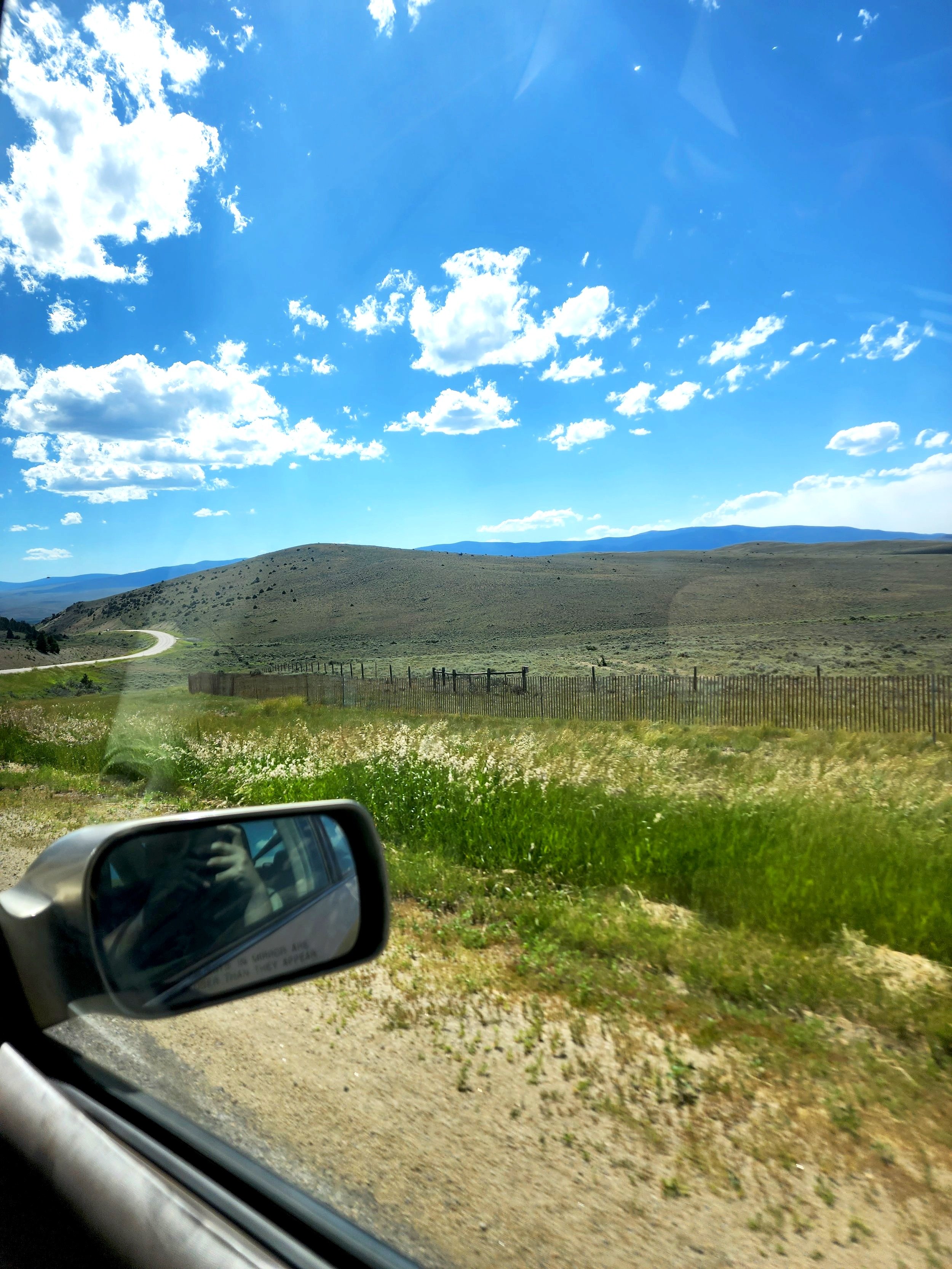Crystal Park TripThe First official Dimitridon rockhounding excursion brought our two geologists to Crystal Park Montana. Crystal Park is a 220 acre site at an elevation of 7800ft, with unique geology containing highly decomposed granite. This granite then creates a mineral mixture with wide varieties of clay that can be dug through easily with hand tools.
Everyone at Crystal Park is looking for the stunning large smoky amethyst crystals that the area has become famous for producing.
After hours of digging we had found a pocket containing multiple large beautiful pieces of quartz.
All that was left was to pack up camp, drive home, and clean some quartz.
Read the full story below.

The First official Dimitridon rockhounding excursion brought our two geologists to Crystal Park Montana. Crystal Park is a 220 acre site at an elevation of 7800ft, with unique geology containing highly decomposed granite. This granite then creates a mineral mixture with wide varieties of clay that can be dug through easily with hand tools.
The Park area is quite popular with the hillside being covered with hundreds of holes from hobbyist rock collectors. Everyone at Crystal Park is looking for the stunning large smoky amethyst crystals that the area has become famous for producing. The crystals can be as large as ten inches, but it is unlikely to find anything larger than two. The crystals can be found in a variety of forms such as double terminated, clusters, septered, or even in faden formations. Quartz form crystal park is oftentimes quite clear or gemmy and can contain phantoms. Phantoms occur when a crystal grows and a change in composition occurs making the boundary or layers of the crystal visible creating an optical effect. These attributes can be mixed in many ways leading to a wide variety of interesting quartz coming out of Crystal Park.
Dimitridon studios sent two geologists out on a seven day trip to Crystal park. The entrance to the park area is on the south west face of the mountain with multiple trails heading towards the north west. Many of the trails are partially paved allowing for easy access and tool carts to be used, but there are fewer paved trails further up the mountain making higher points more difficult to access. However, crystals can be found all over the mountain.
The first two days of our time at crystal park were spent near the base of the mountain digging into a mix of clay, granite sands, and gravel. We rarely saw any rock larger than a few inches at the base of the mountain. Small crystals and quartz chunks were plentiful on the surface and a few feet into the hill. These crystals were washed out of the decomposed granite over thousands of years. The rain also carried large amounts of the variety of clay minerals created by the decomposing granite.
We chose to dig in the middle of what seemed like an old dry water flow, making a hole approximately 6 * 5 * 3 and a half feet, and sifting through the removed dirt. We collected many small lower quality samples from this hole, but we wanted to find the baseball sized quartz we had seen in Tucson. On the third day we hiked to the top of the hill with our buckets, picks, and shovels to start a new hole. After a brief scouting hike we decided to dig two separate holes in different areas of the mountain to attempt to cover more ground. Hole number one was dug further into the hill at a flat point near by two trees. The hole was a fresh dig going down approximately 5 and a half feet, and the ground going down had multiple layers consisting of soft clays and calonite with the occasional gravel sized clast. At approximately 3 feet down the granite became less decomposed, increasing in quartz content. Breaking through this 4 to 6 inch layer exposed thin veins of brittle, heavily iron included quartz with very small amounts of clay. Following these veins down another half a foot lead to 6-8 inch chunks of quartzite inter mixed with an orange clay and small clear clear quartz crystals. This layer was approximately 1 foot thick and never stopped producing highly clear quartz under 1 inch in size. The team never exited this layer.
The second hole was on the south western slope near the top of the first hill, started under a tree stump in hopes of an easier time getting through the larger quartzite boulders a few feet down. Digging on the slope of the hill drastically decreased the amount of dirt we had to move before reaching the target layer, however there was a significantly larger amount of quartzite and high quartz content granite. This slowed progress dramatically. Removing a single large rock often required widening the hole and pulling out multiple smaller ones. There was a significantly larger amount of thick red clay, but the roots of the tree had loosened the rocks and cracked some of the weaker pieces of granite. After hours of digging we had found a pocket containing multiple large beautiful pieces of quartz. The quartz had a wide variety of attributes. The samples from this pocket were mostly clear or smokey, coming in a variety of forms such as sceptered, double terminated, Clusters, and phantomed, and ranging in size from 3 ½ inches to ½ an inch significantly larger than the previous hole.
The team had finally found what it was after; beautiful specimens of smokey quartz, a little bit of amethyst, plenty of scepters, and phantom pieces. Over the week we had collected well over 300 samples of various quality. Over 50 beautiful pieces from the final hole. All that was left was to pack up camp, drive home, and clean some quartz.






